View All IPG Photonics Laser Products —VISIT CORPORATE WEBSITE✕
Laser Solutions for Electronic Components
& Modules
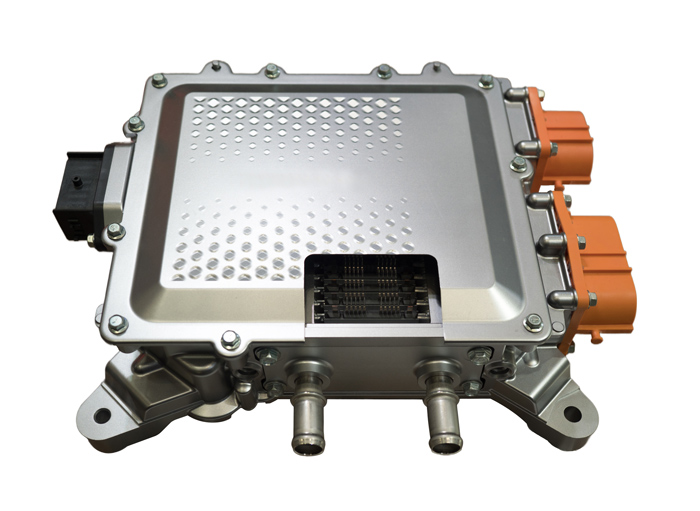
In addition to batteries, vehicle electrification requires additional electrical components such as inverters, control boxes, and power distribution units (PDUs) to handle the flow of electrical signals and currents to the drivetrain components. Fiber lasers enable the welding of the inter-component connectors and busbars to meet critically important electrical performance requirements while also offering unmatched production speed, reliability, and ease of automation.
Contact an E-Mobility expert to learn more about how IPG laser solutions can optimize your electronic components and modules production.
Laser Welding Provides Unique Benefits for EV Manufacturers
High-Quality, Low Resistance Connections
Laser welding easily overcomes the common challenges of welding copper, aluminum, nickel-coated steels, and steel alloys to create high-quality joints that optimize electrical properties with minimal heat input.
High Yield & Throughput
Laser welding is faster than other welding methods and is easily integrated with automation like real-time weld quality assurance that measures critical weld parameters without increasing cycle times.
Tooling Flexibility
Laser welding only requires single-side access, greatly reducing manufacturing complexity and tooling requirements when welding electric components like inverters and PDUs.

Five Key Laser Welding Advantages for Electronic Components & Modules
/Dissimilar-Welding.jpg)
1. Dissimilar Material Welding Made Easy
Single-Mode lasers use high power density to easily join dissimilar materials frequently used in contact-to-busbar connections with minimal heat input to protect any nearby heat-sensitive components.
/AMB-No-Spatter.jpg)
2. Spatter and Porosity Virtually Eliminated
Weld spatter and porosity, which increase the risk of short circuits in electronic components, are virtually eliminated by dual-beam technology that minimizes weld defects without reducing welding speed.
/High-Volume-EV-Production.jpg)
3. Increased Part Yield from Extended Process Window
Adjustable Mode Beam (AMB) dual-beam technology is more configurable than alternative dual-beam technologies, enabling an increased process window that ensures the creation of high-quality contact-to-busbar joints across a wider range of electronic component part variances.
/IPG-QCW-Laser.jpg)
4. High-Speed, Cost-Effective Welding
Air-cooled Quasi-Continuous Wave (QCW) lasers use bursts of high peak power to rapidly achieve the required weld depth in thicker busbars at lower average powers, reducing overhead costs without sacrificing welding speed.
/LDD.png)
5. 100% Quality Assurance with Real-Time Weld Measurements
IPG real-time weld quality assurance technology provides in-process contact-to-busbar weld data that enables the consistent creation of low resistance joints by guarding against process drift.
Discover Your E-Mobility Laser Welding Solution
IPG partners with E-Mobility manufacturers throughout the entire production process from research and development to full-scale manufacturing.
Whether you want to demonstrate feasibility with laser-processed parts or just want to bounce ideas off an experienced laser application engineer, don’t hesitate to contact us.
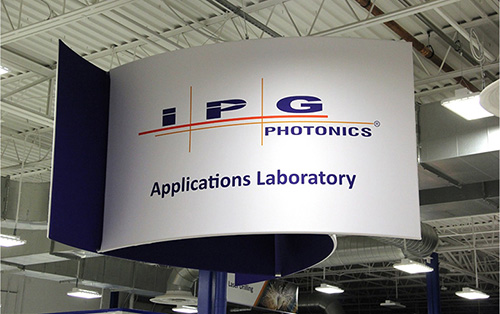
Fiber Laser Welding Technologies
IPG offers the most advanced fiber laser technologies, laser sources, and laser systems to optimize your electronic components and modules welding applications. Whether you need a laser tuned to your requirements or a custom production line with tooling and process recipes, IPG provides the most productive laser solutions for your E-Mobility applications.
Fiber Laser Sources
for Welding
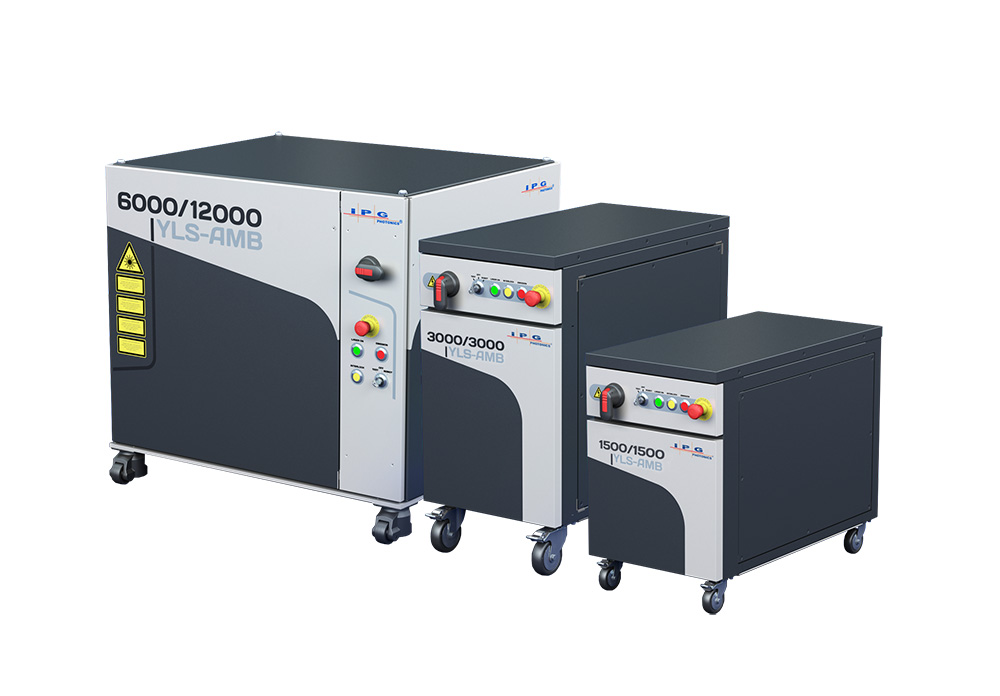
-
Dual-Beam Lasers Eliminate Spatter
-
Minimized Heat Input
-
Enables High-Speed Welding
Real-Time Laser Weld Measurement

- In-Process Laser Weld Quality Assurance
- Direct Weld Measurement
- 100% QA With No Added Cycle Time
Integrated Laser
Welding Systems (ILWS)
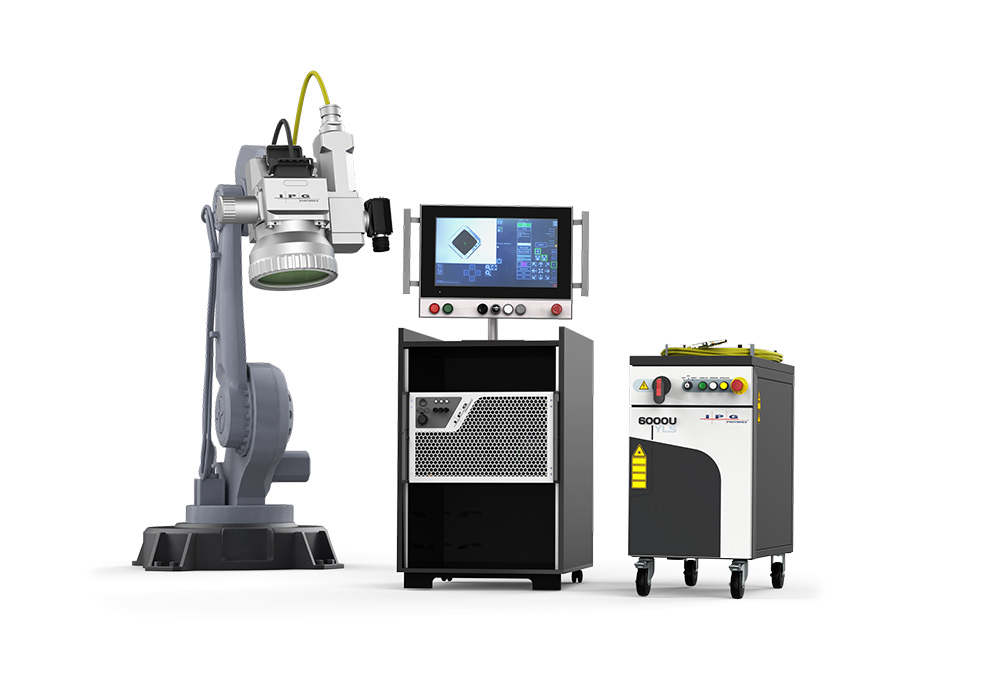
- Easily Integrated Laser Welding Systems
- Includes Process Development
- High-Speed, Automated Laser Welding
Laser Welding
R & D Workstation
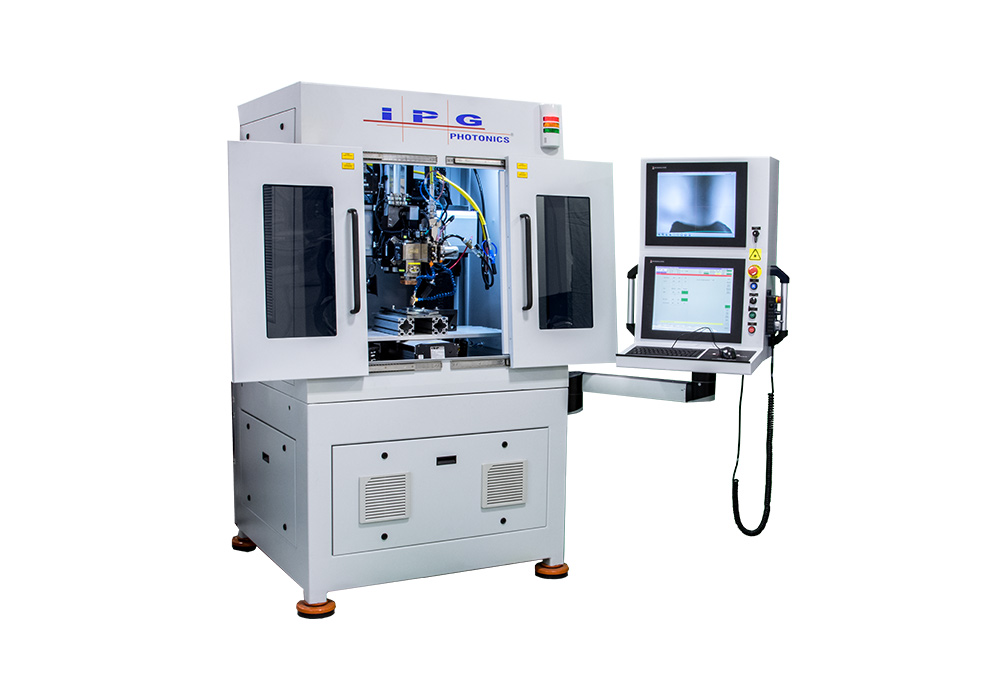
Precision Process Development Workstation
Work Envelope: 500 x 300 x 300 mm
Typical Applications:
- Prismatic Module Busbar Welding
- Cylindrical Module Busbar Welding
- Control Box / PDU Contact Welding
Laser Welding
LaserCell
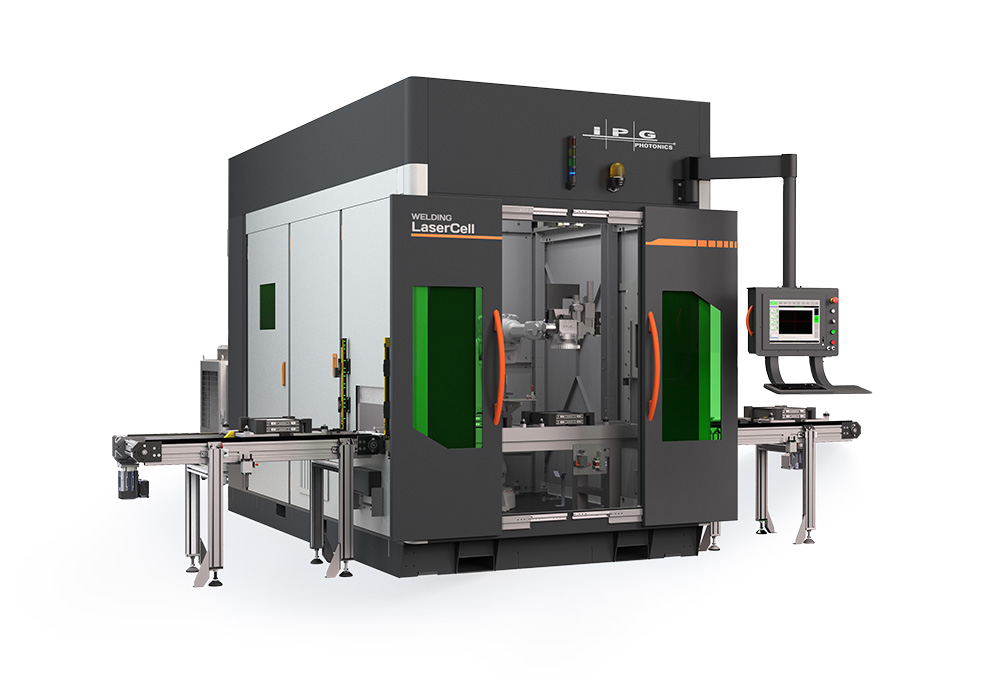
Flexible 2D & 3D Automated Welding
Work Envelope: 1000 X 1500 mm
Typical Applications:
- Prismatic & Pouch Module Welding
- Control Module / PDU Contact Weld
- Integrated Pack & Case Welding
Module Assembly & Manufacturing Line
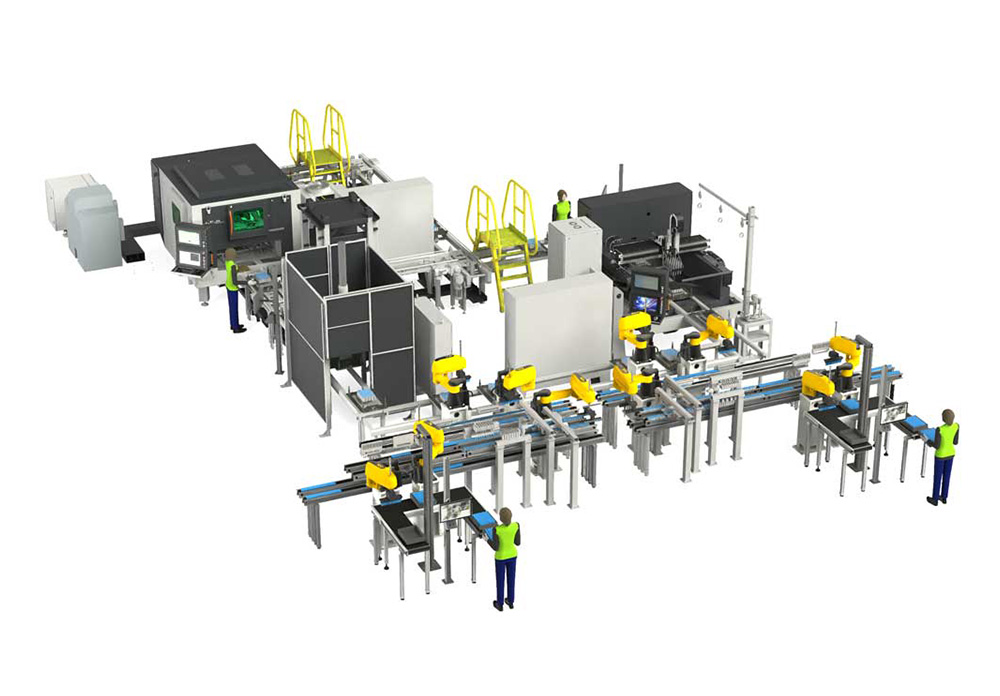
Battery & Electronic Module Assembly
Fully-Automated Part Handling, Assembly, & Laser Processing
Typical Functions:
- Incoming Part Pick, Test, & Place
- Assembly / Adhesive Steps
- Inspection & Electrical Test
Ablation
LaserCell
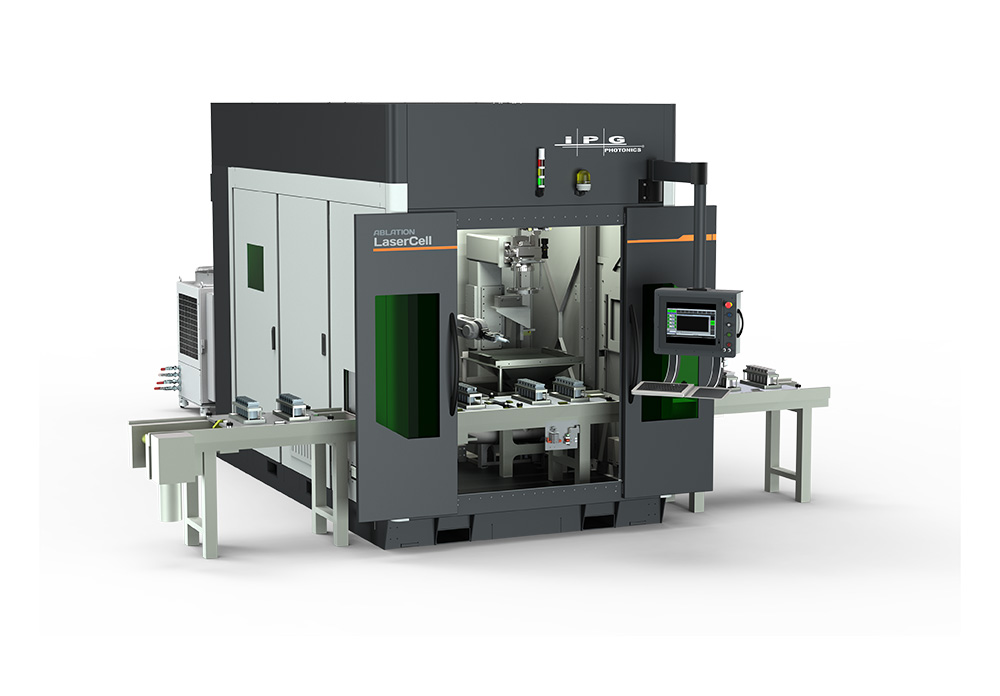
Automated Cleaning & Material Removal
Work Envelope: 1000 x 1500 mm
Typical Applications:
- Battery Module Pre-Weld Cleaning
- Inverter Module Pre-Weld Cleaning
- Coating Removal for Connectivity
